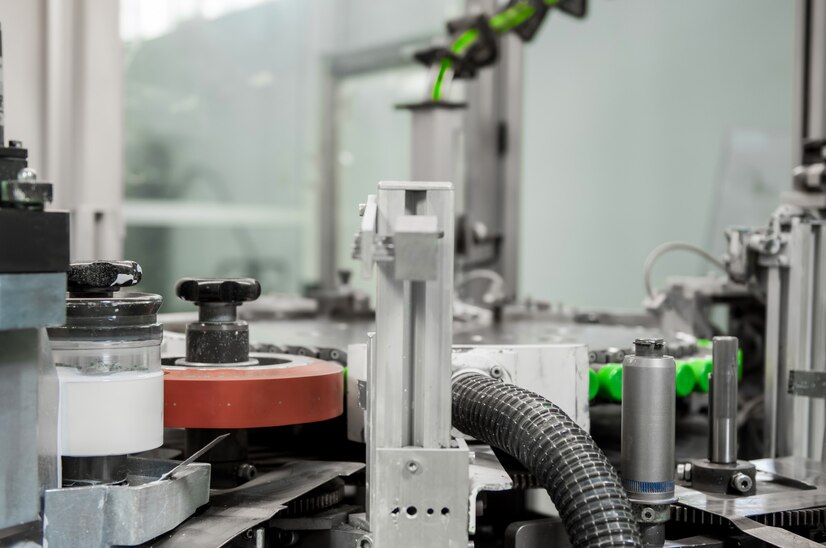In the world of injection molding, the mold reigns supreme. It’s the stage where molten plastic transforms into the desired shape, the conductor directing the flow of material. But this seemingly simple cavity is actually an intricate assembly of various components, each playing a vital role in the production process. Let’s delve into the fascinating world of injection mold components and explore how they work together to create precise plastic parts.
The Foundation: The Mold Base
The Injection molding China base, forming the backbone of the entire assembly, is a robust structure that houses all the other components. It’s typically constructed from high-grade steel to withstand the immense pressure and heat encountered during injection molding. The mold base also features channels for the cooling system, ensuring efficient heat transfer from the molded part. There are two main sections to the mold base:
- A-Plate (Fixed Platen): This stationary plate securely holds the core and other components responsible for forming the cavity.
- B-Plate (Moving Platen): This movable plate houses the ejector system and attaches to the machine’s moving platen. During the molding cycle, the A and B plates clamp together with tremendous force, creating a sealed cavity for molten plastic.
The Heart of the Mold: The Cavity and Core
The cavity, residing within the A-plate, is the heart of the China die casting mold. It’s a meticulously designed hollow space that replicates the exact shape of the final plastic part. The molten plastic fills the cavity, solidifying within it and taking on its form. The core, located on the B-plate side, can create internal features or holes within the molded part. It works in conjunction with the cavity to define the part’s complete geometry. Both the cavity and core are typically made from high-grade steel with a polished surface finish to ensure smooth part release and a high-quality surface finish on the molded part.
The Delivery System: Sprue, Runners, and Gates
The sprue acts as the main artery, delivering molten plastic from the injection nozzle into the mold cavity. It’s a cylindrical channel that leads from the nozzle to a network of smaller channels called runners. These runners, like tributaries, branch out from the sprue and deliver the plastic to various sections of the cavity. The gate is the critical point where the molten plastic enters the cavity from the runner system. The size, shape, and location of the gate significantly impact material flow, weld line formation (visible lines where plastic flows meet), and overall part quality. After the part is ejected, the sprue and runner system are typically separated from the finished part and reground for reuse in future molding cycles.
Ensuring Smooth Ejection: The Ejector System
Once the plastic cools and solidifies, it’s time for the finished part to be released from the mold. This is where the ejector system comes into play. It consists of strategically placed ejector pins within the B-plate that push the molded part out of the cavity. The ejector pins are actuated by the machine’s hydraulic system and retract once the part is fully ejected.
Maintaining Temperature: The Cooling System
As mentioned earlier, efficient cooling is crucial for achieving the desired part properties. The mold base incorporates a network of cooling channels through which a coolant (water or oil) circulates. This cooling system rapidly extracts heat from the molten plastic within the cavity, accelerating solidification and ensuring dimensional accuracy. The specific layout of the cooling channels depends on the part geometry and wall thickness to achieve uniform cooling throughout.
Additional Components: Inserts, Venting, and More
While the core components mentioned above form the foundation of an injection mold, several additional elements can be incorporated to enhance functionality and address specific design challenges:
Inserts: These are pre-made components embedded within the mold to create complex features or threads that would be difficult to machine directly into the cavity or core. Inserts can be made from various materials, such as steel or higher-performance materials for specific applications.
Venting: During the injection process, trapped air within the cavity can lead to burning and surface defects. Vents are small channels machined into the mold that allows air to escape before the plastic solidifies.
Shutoff Valves: In some cases, complex mold designs might require shutoff valves within the runner system. These valves control the flow of plastic to different sections of the cavity, allowing for features like multi-material molding or sequential filling.
Conclusion: A Collaborative Effort
The various components of an injection mold work together in a well-orchestrated symphony. From the robust mold base to the intricate cavity and the efficient delivery and cooling systems, each element plays a vital role in transforming molten plastic into precise parts. Understanding these components and their interactions allows for the design and construction of effective molds, ensuring the success..
Read More:
- Adobe Premiere Pro: All you need to know
- How do I permanently turn off vanish mode on messenger?
- Breaking the Link: How to Disconnect Facebook from Instagram


